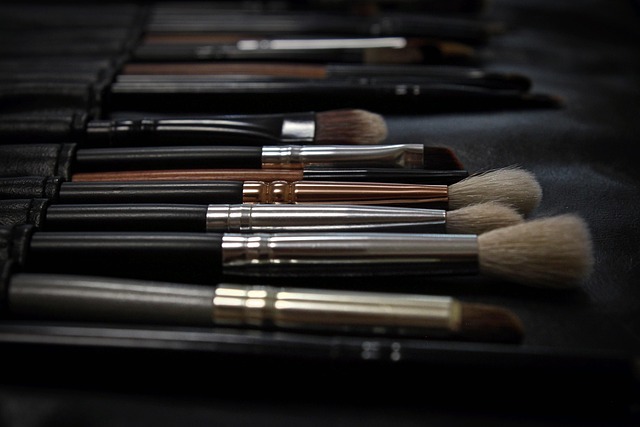The fashion industry has always been an arena of creativity, expression, and innovation. However, in recent years, technology has emerged as a pivotal force, altering the landscape of how we design, produce, and consume fashion. From smart fabrics to virtual fitting rooms, the intersection of technology and fashion is not just exciting—it’s transformative.
One of the most compelling advancements in fashion technology is the emergence of smart textiles. These fabrics are embedded with digital components that allow them to interact with the wearer. Imagine clothing that can monitor your body temperature, adjust to the weather conditions, or even charge your smartphone! Such innovations are not merely futuristic dreams; they are being developed and introduced into the market, making fashion not only stylish but also functional.
Another groundbreaking aspect of technology in fashion is the rise of augmented reality (AR) and virtual reality (VR). Brands are now utilizing AR to create immersive shopping experiences. Customers can virtually try on clothes from the comfort of their homes, enabling them to make informed decisions before purchasing. This technology not only enhances customer satisfaction but also minimizes the environmental impact of returns, which have historically plagued the industry.
Moreover, technology is changing how fashion is produced. 3D printing has revolutionized manufacturing, allowing designers to create intricate designs with minimal waste. This method reduces the carbon footprint associated with traditional production processes and opens up new avenues for customization. Consumers can now envision their unique pieces, designed precisely to their specifications, which marks a significant departure from the mass-production mindset of the past.
Additionally, technology plays a vital role in promoting sustainability within the industry. Brands are now employing AI and machine learning algorithms to analyze trends and consumer behavior, enabling them to make more informed design decisions and to produce items that better align with demand. This shift not only helps reduce surplus but also assists in creating a more sustainable cycle, as designers can focus on what truly resonates with their target audience.
The fusion of technology and fashion extends beyond garments; it also impacts the way brands engage with customers. Social media platforms and e-commerce websites leverage data analytics to tailor marketing strategies, ensuring that consumers find styles that fit their personalities and preferences. This hyper-personalization fosters a deeper connection between brands and consumers, as customers feel more understood and catered to.
As technology continues to evolve, one thing is clear: the future of fashion is bright, dynamic, and filled with opportunities. Embracing these technological advancements can lead not only to enhanced creativity but also to a more sustainable and consumer-centric industry. The possibilities are endless, and we are merely at the beginning of this exciting journey.




